The Great Migration in Serengeti and Maasai Mara is one of nature’s most breathtaking events. Every year, over 1.5 million wildebeest, accompanied by hundreds of thousands of zebras and gazelles, traverse the vast plains of Tanzania’s Serengeti National Park and Kenya’s Maasai Mara National Reserve in search of greener pastures. This epic journey, filled with peril and adventure, is often referred to as the “greatest wildlife spectacle on Earth.
Understanding the Great Migration
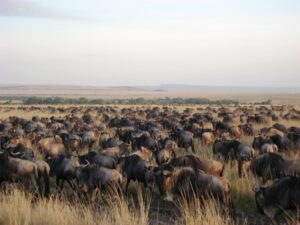
The Great Migration in Serengeti and Maasai Mara is a continuous, circular movement driven by rainfall and the availability of fresh grazing lands. The journey is fraught with obstacles, including predators, treacherous river crossings, and extreme weather conditions. The migration is not just a tourist attraction but a vital ecological event that maintains the balance of these dynamic ecosystems.
The Migration Cycle: Month-by-Month Breakdown
January – March: Calving Season in the Southern Serengeti
The migration begins in the southern Serengeti, particularly in the Ndutu region, where wildebeest give birth to their young. Over 500,000 calves are born within a few weeks, providing a feast for predators like lions, cheetahs, and hyenas.
Key Highlights:
– Best time for witnessing newborns and predator action.
– Ideal for photographers capturing dramatic scenes.
– Calving season offers easy game viewing as animals are concentrated in one area.
April – May: Moving Towards the Central Serengeti
As the dry season approaches, the herds move northward towards the central Serengeti. During this phase, massive columns of wildebeest stretch across the plains, offering remarkable viewing opportunities.
Key Highlights:
– Fewer crowds, making for a more exclusive safari experience.
– Abundance of grazing land in the central Serengeti.
– Great time for budget travelers as accommodation prices tend to be lower.
June – July: Grumeti River Crossing & Entry to the Western Corridor
The migration now faces one of its first major challenges—the Grumeti River. Although not as dramatic as the Mara River crossing, this stage still presents dangers such as large crocodiles waiting to ambush the herds.
Key Highlights:
– Witness crocodile-infested waters and daring river crossings.
– Game drives through the Western Corridor are exceptionally rewarding.
– Prime time for predators stalking the herds.
August – October: The Mara River Crossing in Maasai Mara
One of the most dramatic phases of the Great Migration in Serengeti and Maasai Mara takes place at the Mara River. Thousands of wildebeest and zebras risk their lives, attempting to cross the river while evading hungry crocodiles.
Key Highlights:
– Peak season for the most spectacular wildlife action.
– Best time for safaris in Maasai Mara.
– Predator activity reaches its climax as lions and leopards target the exhausted herds.
November – December: Returning to the Serengeti
After spending months in the Maasai Mara, the herds begin their journey back to Tanzania, moving south towards the Serengeti plains. As the short rains arrive, fresh grazing lands become available, prompting the herds to complete their annual cycle.
Key Highlights:
– Less crowded parks, offering a more intimate experience.
– Fresh greenery and stunning landscapes.
– Wildlife remains abundant despite the migration’s dispersal.
Best Time to Witness the Great Migration
The best time to experience the Great Migration in Serengeti and Maasai Mara depends on which phase of the migration interests you the most:
– January – March: Calving season in the Southern Serengeti.
– June – July: Western Corridor and Grumeti River crossings.
– August – October: Dramatic Mara River crossings in Maasai Mara.
– November – December: Herds returning to the Serengeti.
Essential Travel Tips for the Great Migration
1. Choose the Right Safari Package
Whether opting for a luxury lodge, midrange tented camp, or budget camping safari, ensure your itinerary aligns with the migration’s location during your visit.
2. Book Early
Peak migration seasons (June-October) attract thousands of travelers. Booking accommodations and safari tours at least 6-12 months in advance is highly recommended.
3. Pack Smartly
– Lightweight, breathable clothing for daytime and warm layers for early morning game drives.
– Binoculars and a good camera for capturing the action.
– High-SPF sunscreen, a hat, and sunglasses for sun protection.
4. Travel Responsibly
– Choose eco-friendly lodges that support conservation.
– Follow ethical wildlife viewing guidelines—maintain distance and never disturb the animals.
– Support local communities by engaging in cultural visits and fair-trade shopping.
Why the Great Migration is a Must-See
The Great Migration in Serengeti and Maasai Mara is not just about witnessing massive herds in motion; it’s about experiencing nature’s raw beauty, survival instincts, and the delicate balance of ecosystems. The migration also supports countless other species, from the towering giraffes that graze nearby to the stealthy leopards that rely on weakened prey.
Experiencing the Great Migration in Serengeti and Maasai Mara is a bucket-list adventure for any wildlife enthusiast. Whether you’re captivated by the dramatic river crossings, the intimate calving season, or the breathtaking landscapes teeming with predators and prey, this natural phenomenon promises unforgettable moments. By planning your safari wisely and choosing the right season, you can witness one of the world’s greatest wildlife spectacles in all its glory. Start planning your Great Migration safari today and let us know when you would like to visit!


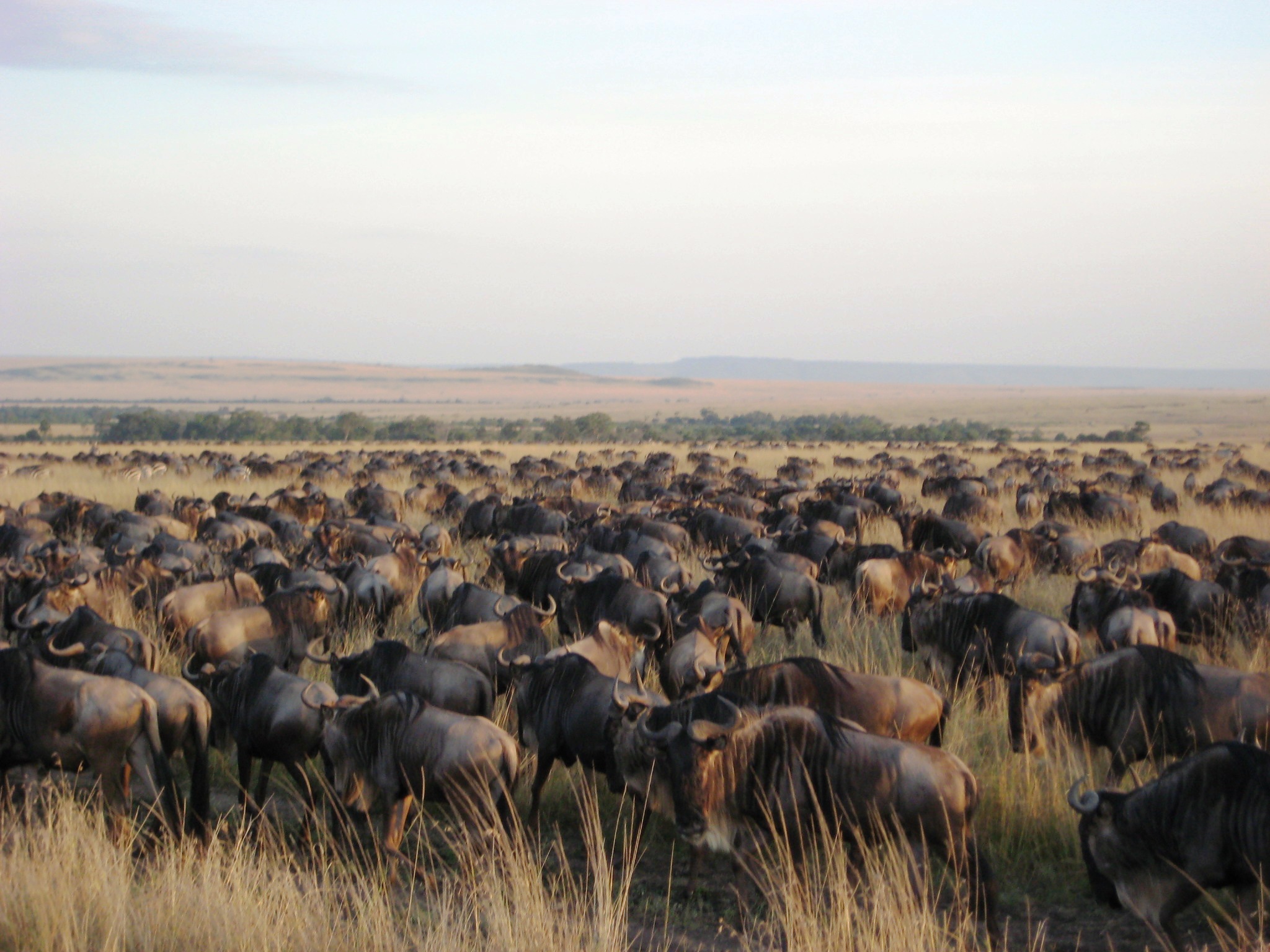
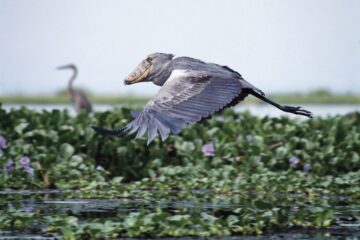
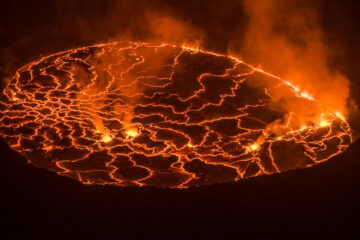
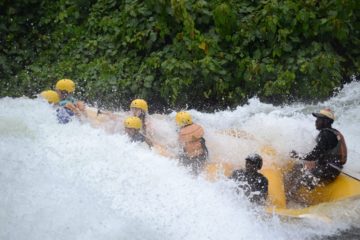
Tour Reviews
There are no reviews yet.
Leave a Review